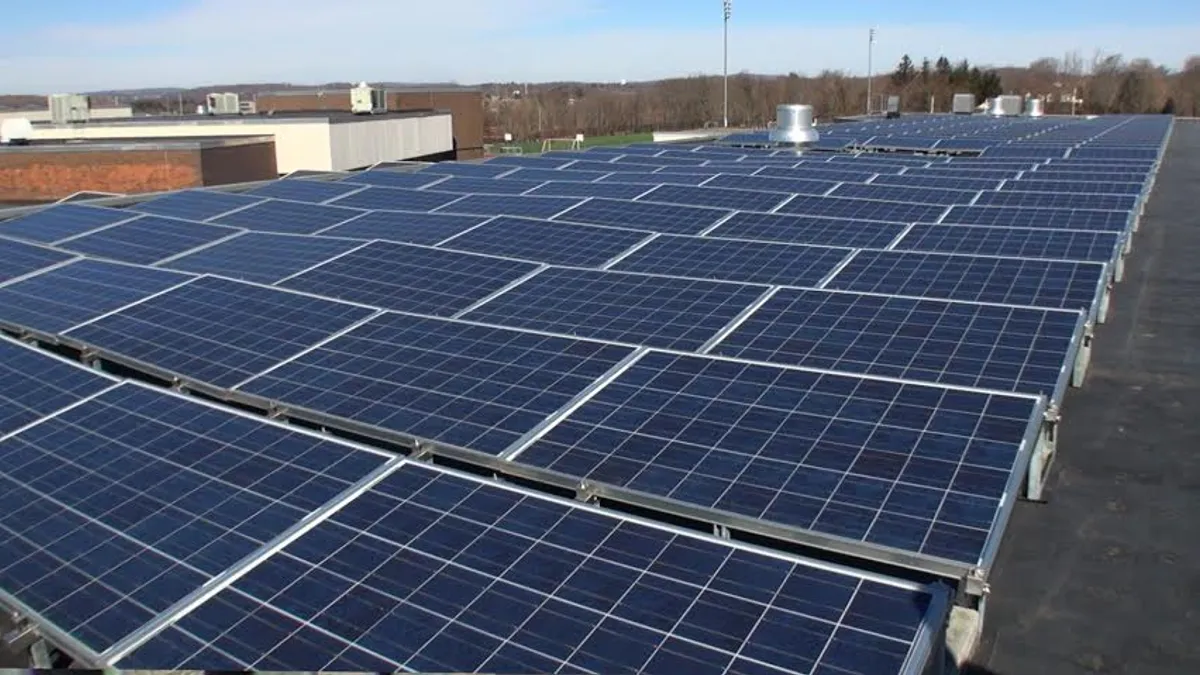Dive Brief:
- Vermont Gov. Peter Shumlin has signed Senate Bill 260, a controversial measure designed to give local communities more influence over the siting of energy projects. Shumlin had recently vetoed a previous version of the measure.
- The siting law allows for municipalities to be given “substantial deference” before the Public Service Board in the citing of wind projects, but they must have in place an energy plan that has been determined consistent with state goals.
- Shumlin vetoed a previous version, Senate Bill 230, over concerns language added at the last minute would limit the development of wind projects.
Dive Insight:
After Shumlin vetoed an earlier version this month, lawmakers in Vermont headed into a special session to pass an updated bill. Limitations on wind projects, including an apparent error in the bill related to noise restrictions, triggered the initial veto.
“This new law provides a roadmap for how we continue to transform our energy system in Vermont while improving opportunities for our communities to have a say in the process,” Shumlin said in a statement. “This comprehensive legislation brings to conclusion a sometimes challenging but necessary discussion about how to best plan for the locally-produced clean energy we need."
The law was developed over a period of months, according to the governor's office, with significant input from the state's Solar Siting Task Force. Funding and training to support planning efforts for municipal energy plans will be available through the state's Regional Planning Commissions, working with the Department of Public Service and the Vermont League of Cities and towns.
The new law requires planning across sectors to include electricity generation, electric and thermal efficiency, and transportation.
The law is substantially similar to the previous version, but several late changes triggered the Governor's veto. One change declared wind facilities a public health emergency for the sounds they produce, while another would have limited noise from wind facilities to 10 decibels above ambient noise—a standard used in much smaller projects.
Sen. Chris Bray, the bill's author, called it a “powerful tool for our state’s towns and regional planning commissions, and it’s a tool that will serve us well in the decades ahead as we continue to transform our generation and use of energy in Vermont.”
In addition to enhanced local influence over siting decisions, the bill also contains several other provisions, including a one-year pilot within the standard offer program to site renewable energy projects in locations such as parking lots, rooftops, brownfields, closed landfills, gravel pits, and town designated areas.
The law also allows for increased participation of the Agency of Agriculture, Food & Markets in energy permitting decisions, and a requirement that any new wind generation facility of four or more turbines minimize visual impact at nighttime by installing radar-controlled lights.
Other sections provide for a simplified permitting process for group net metered systems that are majority-owned by customers, as well as for rooftop systems, and the creation of a working group to assess ways to increase the ease of citizen participation in energy permitting proceedings.














